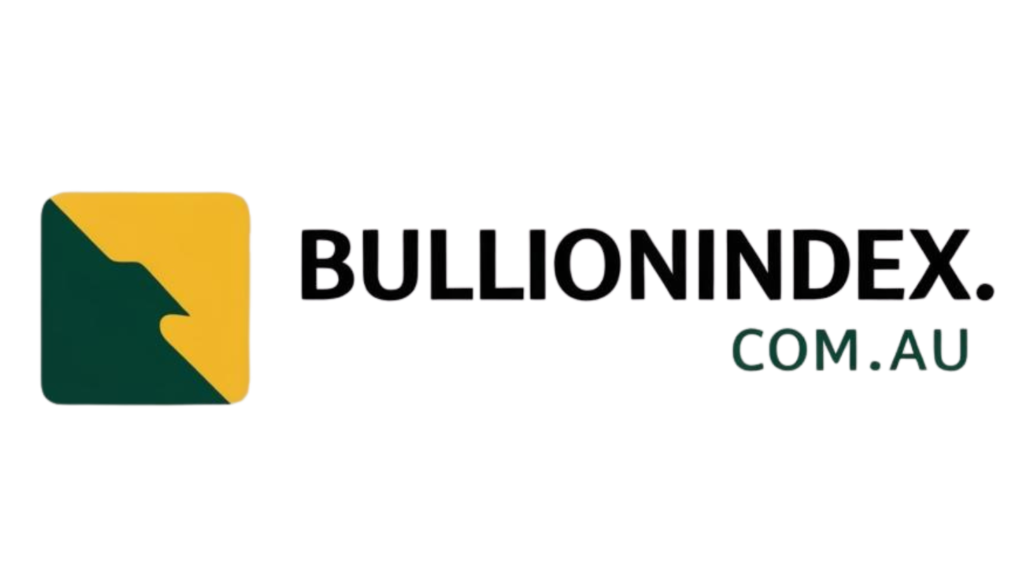As of August 21, 2025, the price of palladium reached $1,110 per ounce, showing an increase from the beginning of the year. However, it still lags behind recent peaks. The market’s reaction is influenced by changing industrial demands, supply dynamics in key regions like Russia and South Africa, and ongoing geopolitical tensions.
Palladium, a precious metal primarily used in the automotive industry for catalytic converters, plays a crucial role in reducing vehicle emissions to meet global standards. With a significant portion of the world’s palladium supply coming from Russia and South Africa, developments in these regions have a significant impact on the market.
In recent times, demand patterns have shifted due to changes in emissions regulations and the gradual adoption of electric vehicles. Manufacturers have explored substituting palladium with other metals like platinum in some applications, while hybrids and petrol vehicles still heavily rely on palladium for catalytic converters. These factors, coupled with occasional supply disruptions, have led to notable price fluctuations.
The palladium price closed at $1,110 on August 21, 2025, up from $909 at the beginning of the year and $932 at the same time the previous year. Third-party analysts have varied outlooks on the palladium price forecast for the years ahead, with factors like industrial demand, investor sentiment, and supply disruptions influencing their predictions.
HSBC and UBS raised their palladium price forecasts, attributing the changes to various factors such as expected declines in Canadian mine production and ongoing weakness in the auto sector. Geopolitical tensions, particularly threats of tariffs on Russian exports and trade risks in South Africa, continue to add uncertainties to the market.
Deloitte’s 2025 report highlighted the mining sector’s increasing vulnerability to climate change, emphasizing the potential for production disruption due to environmental factors. Despite the market’s growth, UBS cautioned that investing in palladium remains high-risk due to its limited market size and persistent price volatility.
Algorithmic forecasts, like Gov Capital’s predictions, suggested a year-end price near $1,163 for 2025, with a longer-term decline anticipated. Analysts and algorithms base their forecasts on historical data and market conditions, which may not always align with actual outcomes.
Several factors influence palladium prices, including industrial demand, supply trends, geopolitical risks, investment interest, technological changes, currency movements, and secondary supply from recycling. Each factor introduces market risks and opportunities, shaping the palladium price trajectory.
To trade palladium, one can utilize commodity exchanges or financial derivatives like contracts for difference (CFDs). Trading strategies vary, from day trading for short-term price moves to position trading for a long-term perspective. Risk management tools like stop-loss orders are crucial when trading palladium CFDs.
Deciding to invest in palladium requires consideration of individual goals, risk tolerance, and market conditions. Analysts’ forecasts and ongoing market uncertainties highlight the importance of conducting thorough research and using risk management tools before making investment decisions.
📰 Related Articles
- Palladium Market Outlook 2025: Challenges Amid Shifting Auto Trends
- Palladium Price Outlook 2025: Experts Predict Decline Amid Industry Shift
- Palladium Market Outlook 2022: Volatility and Price Recovery Ahead
- Silver’s 2025 Outlook Amid Market Volatility and Tariff Concerns
- Silver Investment Outlook 2025: Diversification Amidst Market Volatility






